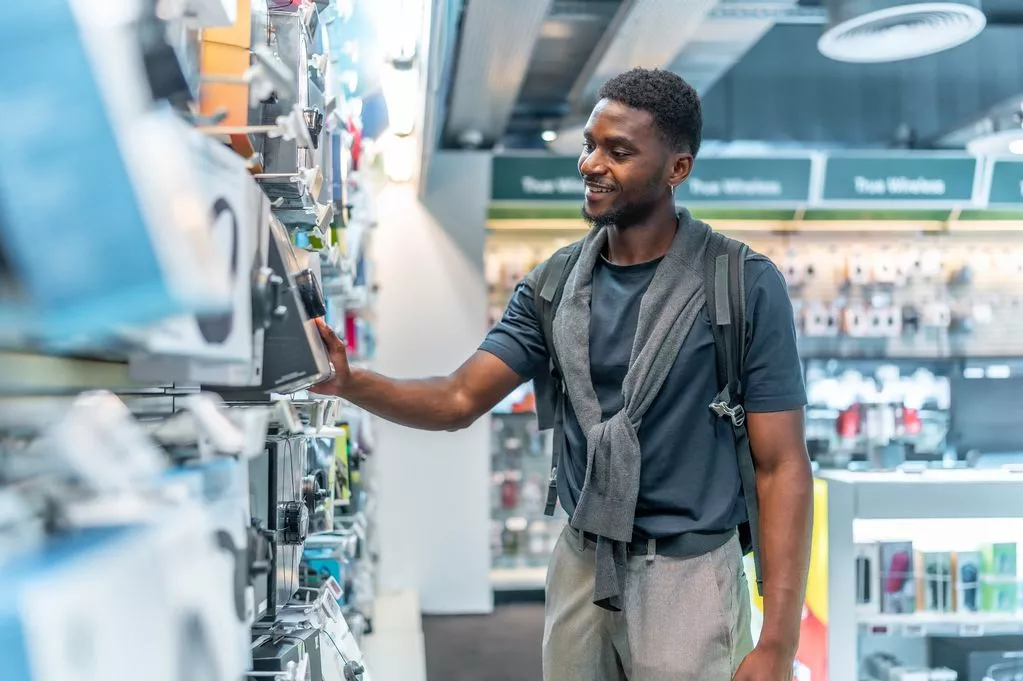Emojis and GIFs fascinate me. 92% of the world’s online population uses 10 billion emojis each day. Emojis are pictural images that express thoughts, personalities, and emotions without words. One in every five tweets contains an emoji which has become one of the world’s fastest growing languages. A more amazing fact is that Africa leads the world as the most frequent user of the smiling emoji despite being the poorest in the world. The coronavirus pandemic has also predisposed users on the continent to switch from using icons that represent travel and spaces (for example, desert island 🏝️) to icons representing medical mask emojis (😷) more frequently. Algeria and Egypt top the followed by Morocco. So what is the best emoji for African consumer markets?
Emojis reflect the emotional side of purchasers and consumers. While some customers connect better with adverts containing emojis , others refuse to buy products advertised with intrusive emojis. Brand owners and retailers on the continent recognize this reality and they exert effort trying to appeal to the five senses of buyers in order to create a lasting emotional connection. These insights suggest that exploiting buyer emotions can have both positive and negative influences on customer purchase behaviour.

How can brand managers and retailers harness positive emotions of buyers to secure purchase frequency and brand loyalty? The first thing to remember is that the influence of emotions on purchase behaviour is more complex and nuanced than retailers and brand managers tend to assume. Emotional cues and patterns vary by cultures, age demographics, brands, industry, customer buying journeys and touch points. Three examples can help to illustrate this point.
First, younger generations use emojis to express their emotions in different ways from older generations. While millennials use emojis to make their textual language easier to understand, Gen- Z’s use them in a more ironic fashion. Older people use the smiley to express joy, while Gen-Z users smile to express discomfort and growing frustration.
Second, emotional states do not have the same sources and motivators across geographies. The major sources for positive emotions in Africa are the passion to succeed, confidence in a brighter future, and a sense of belonging. These different emotional sources trigger diverse emotional reactions across industries and brands.
Third, emotions are fickle, and customers easily switch from one emotional state to another during their purchase journey. A cheerful customer who receives a credit alert while entering a bank can become infuriated after waiting in a long queue at the banking hall. Fixating on isolated emotional cues without investigating the various factors that influence the customer’s emotional patterns can have disastrous consequences. Here are some recommendations that can help stakeholders.
Advice to Brand Managers: Brand managers must realize that customers use emojis rationally. For instance, a study of emoji usage in Nigeria finds that Nigerians use happy emojis most frequently on Friday evenings, while they use sad emojis most often on Sunday evenings. Emojis have a higher chance of encouraging purchase intentions when they target the right segment in the right emotional state, at the right time and with the right frequency. Buyers also have belief systems that evaluate the content of emojis. The bottom line is that thorough research can help advertisers tailor the right emotional messages to the right audiences while being mindful of the customer’s belief system.
Advice to Salespeople and Marketers: Marketers and salespeople can use emotional intelligence and empathy to identify emotional patterns of prospective buyers especially in business-to-business settings. Story telling is a powerful instrument that can help marketers and salespeople identify and trigger positive emotions in prospective buyers. Stakeholders should segment customers based on the level of emotional connection to brands. Profiling will help to understand purchase triggers and emotional states.
Advice to Retailers: Retailers have a critical role to play in understanding and harnessing buyer emotions. Eight out of ten cases of impulse buying in the world take place in brick and mortar retail stores. While overcrowding in stores can enrage customers, pleasant scent and music can endure people to retail outlets. Retailers can convert buyer frustrations to pleasant experiences by ensuring that every touch point delivers a positive emotion. African retailers have a unique opportunity to blend entertainment with instant purchasing by using live commerce platforms. Konga’s launch of the first cloud TV in Nigeria is a step in this direction. Retailer product reviews, online conversations, purchase guides and expert advice can help to evoke positive emotions in buyers.







